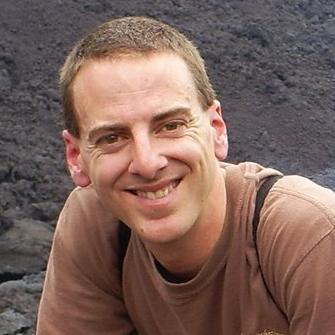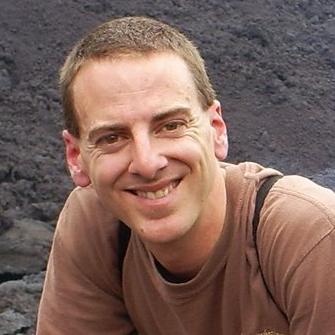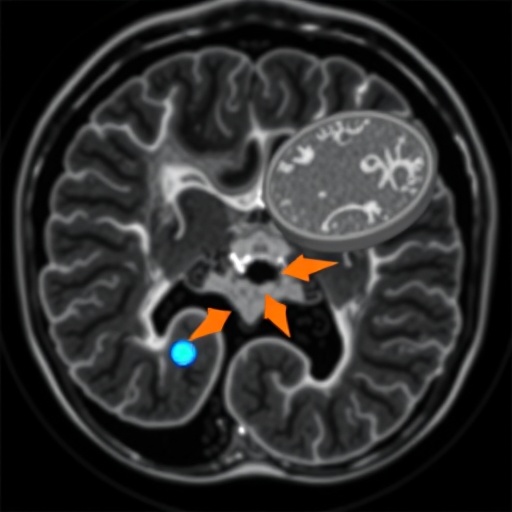
Credit: Baylor College of Medicine
In a study published today in PLoS ONE, a team of researchers reports solving a medical mystery in a day's work. In record-time detective work, the scientists narrowed down the genetic cause of intellectual disability in four male patients to a deletion of a small section of the X chromosome that had not been previously linked to a medical condition.
Even with the current technological advances, solving medical mysteries such as this one usually entails a much longer period of research. "We found it very interesting how fast we went from knowing nothing about the genetic cause of one patient's condition, to discovering the cause and finding three more individuals with the same problems," said senior author Dr. Daryl A. Scott, associate professor of molecular and human genetics at Baylor College of Medicine. "It took us a year to get all the documentation for writing and publishing the report, but the actual discovery was within hours. It was essential to our discovery that we had at our disposal technology to find and search genomic databases, and to connect electronically and exchange information with other researchers around the world."
Modern day medical detective work
It all began on a Thursday, Scott's day to visit patients with developmental disabilities in clinic. "For one of the patients, a young male with intellectual disability, developmental delay, macrocephaly (enlarged head) and very flexible joints, our genetics lab indicated that the patient did not seem to have any known genetic changes that could explain his condition," said Scott. "I saw a relatively small deletion in the X chromosome, identified as Xp11.22; it had only a few genes in it. The lab indicated that there had been no previous reports about this particular part of the genome causing any kind of medical problems."
Two of the genes in the delete section of the patient's X chromosome were MAGED1 and GSPT2. "To have an idea of what these genes might do, I searched a database that describes the functions of genes in the mouse and found that mice that have a deletion of the Maged1 gene have neurocognitive behavioral abnormalities. This caught my interest as it related to my patient's condition."
To make his case that deletions in Xp11.22 caused the clinical features of his patient, Scott needed to find more patients presenting similar clinical conditions and deletions. He searched two large genomic databases looking for more patients.
After searching the DECIPHER database, Scott found one patient carrying almost the exact same deletion as his patient, but there was no information about the individual's clinical problems. Scott immediately sent an electronic message to the physician, co-author Dr. Alex Henderson, at The Newcastle upon Tyne Hospitals in England, in order learn more about the clinical characteristics of his patient.
Then, Scott contacted co-author Dr. Seema Lalani, associate professor of molecular and human Genetics at Baylor and assistant laboratory director of cytogenetics at Baylor Genetics. Lalani searched the Baylor Genetics database of 60,000 cases for patients with the deletion.
After carrying on this detective electronic work, Scott went to see his patient. By early afternoon, he was back in his office checking his email. He found a message from Henderson. He had two male patients (siblings) with the deletion, and intellectual disability, developmental delay and super mobile joints! Shortly after, Lalani informed Scott that co-author Dr. Patricia Evans, professor of pediatrics, neurology and neurotherapeutics at the University of Texas Southwestern Medical School in Dallas had a patient with the Xp11.22 deletion and the same clinical features as Scott's patient.
"In a day's work we identified four patients in two continents, involving 3 families and it was all put together within 8 hours," Scott said. "None of the patients and their families had an explanation for the condition before this work. Our findings allowed us to provide them with a genetic diagnosis."
"In every case the mothers are carriers for these deletions but they do not have any apparent symptoms," said Scott. "Yet, they can have male children that have significant problems. With this information, we can say to the parents that they have a 50 percent chance of passing this X chromosome with the deletion to a male child. Female children have a 50 percent chance of being carriers. This represents a significant change for the parents; they can now make informed decisions about future family planning."
###
Other contributors of this work include Christina Grau, Molly Starkovich, Mahshid S. Azamian, Fan Xia and Sau Wai Cheung.
This work was supported by the National Institutes of Health/ National Institute of General Medical Sciences Initiative for Maximizing Student Development [R25 GM056929-16].
Media Contact
Allison Huseman
[email protected]
713-798-4710
@bcmhouston
https://www.bcm.edu/news





